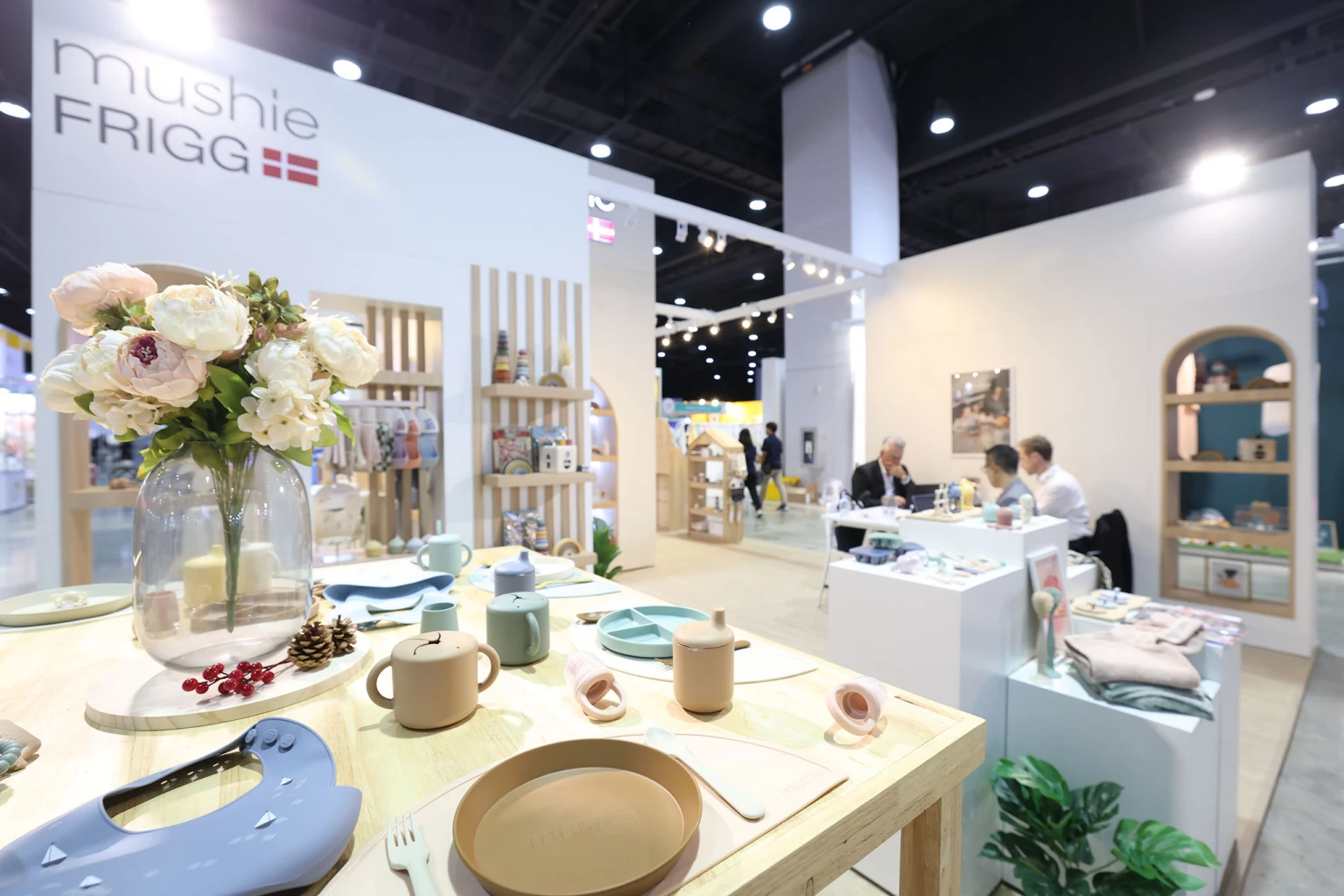MPC not expected to change rate, while window dressing in first quarter unlikely

In midMarch, the US Federal Reserve decided to raise its benchmark interest rate by 25 basis points to 0.751.0 per cent and expects to raise it two more times this year, provided inflation is higher. The US inflation rate was 2.7 per cent in February, which made the real interest rate minus1.7 per cent.
US economic figures have signalled some recovery. It is therefore believed that the globฌal financial markets are stepping into an upward cycle of interest rates.
Thailand may not be able to resist this trend. The Bank of Thailand’s Monetary Policy Committee is expected to maintain the key rate at 1.50 per cent, given the Thai inflation rate of 1.44 per cent, lower than the policy rate, and the early stage of an economic recovery. Thus a low interest rate is necessary.
However, it’s highly likely that the MPC will increase the policy rate in the latter half of this year, given estimated higher inflation. We expect headline inflation at 1.98 per cent in 2017. The Thai economic recovery will likely be more certain after consistent fiscal stimulus.
We believe that this interestrate direction will not lead to significant revision of listed companies’ estimated earnings, as their debt level (excluding financial institutions) remains low with a relatively high proportion of fixedrate debt. Commercial banks could gain from the upward interestrate trend.
The listed companies’ estimated net profit is Bt991 billion or Bt101.36 per share this year, reflecting the 2017 SET Index target at 1,620 points. On the other front, given the upward interestrate trend, capital that will come in to drive the Stock Exchange of Thailand may be thinner after expected higher bond yields followฌing the interestrate trend, and the market earnฌing yield gap may be narrower. This means the SET will become less attractive for investment.
Besides, this is a transition period for the interestrate trend, and it’s possible to see exchangerate fluctuations that could heightฌen forex risks for foreign investors.
This week is the last for the quarter on hope for window dressing. Most believe this will spring from local institutional investors’ purฌchases.
Based on our 10year study of local instituฌtional investors’ trading behaviour, they were net sellers of Thai stocks in March for seven years. In the last seven trading days of the first quarter, they were net sellers of Thai stocks averaging Bt1.15 billion. During three trading days and one day before the end of the quarฌter, they netsold Bt465 million and Bt439 million respectively. This study indicates that there’s little chance for window dressing durฌing the 1Q17end.
This week, the SET Index is expected to be volatile in a range of 1,5501,580 points, while waiting for new factors to drive the market. Focus on small and medium caps with profitgrowth potentials like LPH (Ladprao General Hospital), ROBINS (Robinson Department Store), GUNKUL (Gunkul Engineering) and TASCO (Tipco Asphalt).
Prakit Sirivattanaket
Vice President
Kasikorn Securities
Last week, capital movement gave a positive sign with foreign investors being net buyers of fixedincome instruments worth about Bt14.9 bilฌlion for six consecutive days. Most of the money was poured into longterm fixedincome instruฌments, likely on easing market concern over the US Federal Reserve’s interestrate rise.
The Fed’s plan for three rate increases this year also eases pressure for the Bank of Thailand’s Monetary Policy Committee, which is expected to maintain the policy rate at 1.50 per cent. Markets forecast no change in the Thai poliฌcy rate throughout this year. Therefore, foreign investors have opted to speculate in longterm debt instruments.
In the futures market, foreign investors switched openings of long and short positions in SET50 futures. Interestingly, the contract number of both the buy and sell sides increased signifiฌcantly from 15,00020,000 contracts per day to 30,00035,000 per day. There were not many net longshort positions. The outstanding status of SET50 futures remained at about 330,000 contracts. All reflect foreign investors’ rollover of their long positions for 178,000 contracts accuฌmulated from last year.
In the capital market, foreign investors netbought a total of Bt4.28 billion for five consecuฌtive days (NVDR, or nonvoting depository receipts, net buy of Bt3.87 billion). However, this amount was relatively small. Taking movements in three markets into consideration, markets could ease from capitaloutflow pressure.
Foreign investors continued purchasing in the bond market and rolled over their long positions. Although no capital outflow was seen in the capiฌtal market, there was also no capital flowing in. As a result, the market is short of new money and sees circulation of domestic investment. Now the Stock Exchange of Thailand is no different from what it was in February. That means there’s a chance for market volatility following switches by investor groups.
The SET Index still sees tightened valuation. Although the market has not yet faced big negaฌtive factors, mediumterm movement should be taken into consideration. There remains risk from capital fleeing from emergingcountry markets to developed markets.
The SET Index is expected to improve in April, given likely speculation on announcements of listed companies’ earnings performance. The banking group may see improved performance and the construction materials group (SCC) and energy group (PTT & PTTEP) may see the same, and that could support the stock market.
In May, be careful of earnings announcements of other real sectors, particularly domestic plays, which are expected to see contraction. The conฌsensus for estimated EPS (earnings per share) cuts will likely cause market corrections. There could also be concern on capital outflow if the US Federal Open Market Committee signals a rate rise in June at its May meeting.





